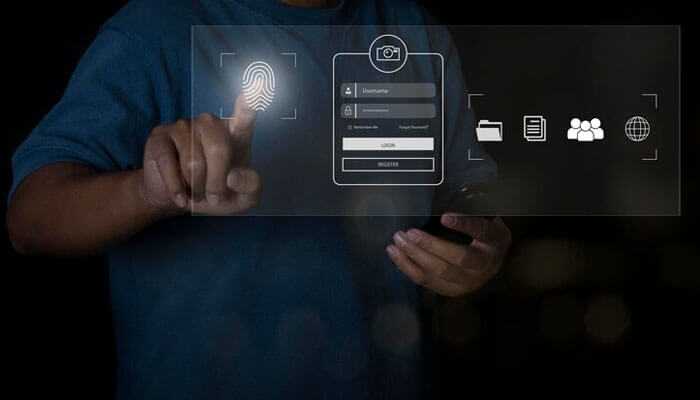In today’s digital age, the proliferation of online scams and cyberattacks is a major concern for individuals and organizations alike. Phishing attacks, in particular, continue to pose a significant threat to an organization’s cybersecurity walls. It is essential for everyone to have comprehensive phishing awareness and employ defensive measures to protect themselves from falling victim to such malicious activities. In this blog, we will explore the art of defense against phishing attacks and provide valuable insights on how you can enhance your safety in the online realm.
Understanding Phishing Attacks: What are Phishing Attacks?
Businesses looking to optimize protection with phishing awareness programs can consult reliable phishing awareness trainers. Simply put, phishing attacks refer to fraudulent attempts where cybercriminals pose as reputable entities, such as banks or popular online platforms, with ulterior motives of collecting sensitive information from unaware individuals. These attacks commonly occur through email, text messages, or phone calls, enticing victims into clicking malicious links or sharing personal data.
Types of Phishing Attacks
For further information, let’s take a look at different types of phishing attacks:
1. Email Phishing
Cybercriminals send deceptive emails that appear genuine while containing malicious attachments or links that lead recipients toward websites designed to steal personal information.
2. Spear Phishing
Spear phishing involves personalized attacks where scammers research their targets extensively before crafting custom-made messages that trick victims into sharing sensitive information or granting unauthorized access.
3. Smishing
Smishing utilizes SMS text messages instead of emails as a means of deceit. By pretending to be a legitimate source, attackers attempt to deceive recipients into clicking malicious links provided in these texts.
4. Vishing
Vishing is a form of social engineering attack wherein fraudsters use voice calls instead of textual methods to trick individuals into sharing confidential information over the phone.
Defending Against Phishing Attacks: Strengthening Password Policies
A strong password policy plays a vital role in defending against various cyber threats, including phishing attacks. It is recommended to create passwords that primarily consist of alphanumeric characters accompanied by special symbols whenever possible but avoid easily guessable combinations such as birthdates or commonly used words. Regularly updating passwords across different online accounts is also crucial. Additionally, the right type of phishing awareness training can also help build a cybersecurity culture in your company.
Multi-Factor Authentication (MFA)
Implementing multi-factor authentication adds an extra layer of security to your online accounts.
By enabling MFA, a user is required to provide additional proof of identity, such as inputting a verification code sent to a trusted device or through biometric recognition, making it significantly harder for attackers to gain unauthorized access.
Enhancing Email Security
The following steps can help businesses step up their email security game:
Identifying Suspicious Emails
Adhering to email hygiene practices can prevent individuals from falling victim to phishing attacks. Be cautious when evaluating emails from unknown addresses or unexpected sources, and avoid clicking on suspicious links or opening attachments that may contain malware.
Verifying Sender’s Authenticity
Always verify the sender’s email address before taking any action. Scammers often use deceptive email addresses that closely resemble legitimate ones. Sightsight can save you from potential harm.
Be Wary of Social Engineering Tactics
Attackers often exploit human vulnerabilities by exploiting emotions like fear, greed, or urgency to manipulate individuals into divulging sensitive information or carrying out dangerous actions. By being vigilant and skeptical about suspicious requests, especially those demanding immediate action or compromising confidential data, these social engineering tactics can be mitigated effectively.
Keeping Software Up-to-Date
Regularly updating software ensures that you have the latest security patches and protections against emerging threats, reducing the chances of falling prey to phishing attacks facilitated by software vulnerabilities.
Conclusion
Mastering the art of defense against phishing attacks requires comprehensive awareness and ongoing vigilance in today’s increasingly digitized world. By implementing strong password policies, enabling multi-factor authentication measures, enhancing email security practices, and keeping software up-to-date with regular updates and patches—the safety from phishing attacks can wholly be enhanced. Digging deep into cybersecurity best practices can help businesses stay one step ahead of cybercriminals and protect their sensitive information.



